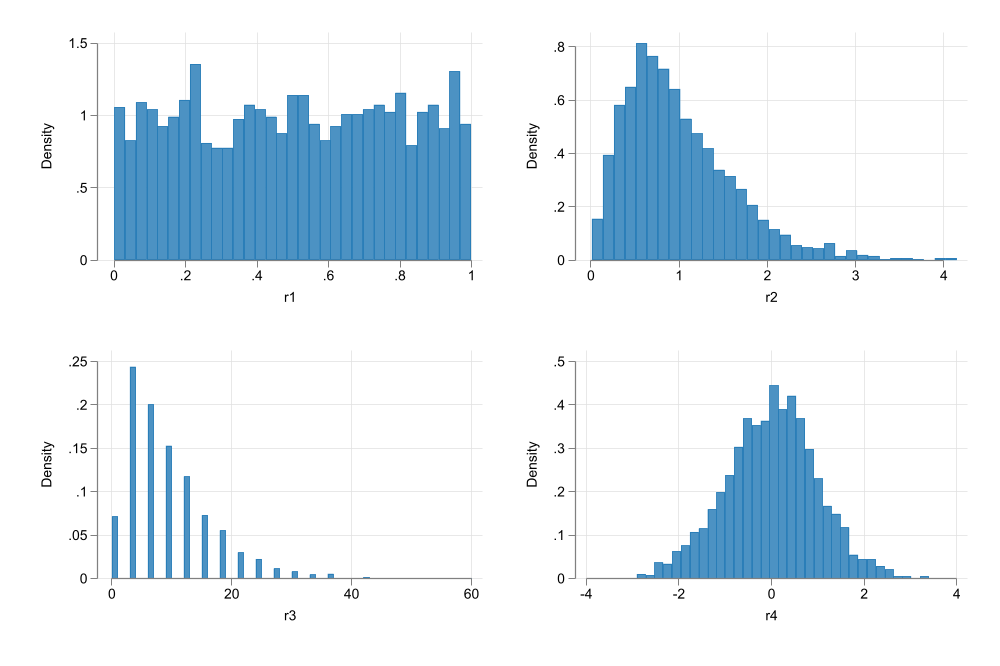- Easiest Case. Just need to consider the coefficients (as in LRM)
\[
\begin{aligned}
E(y^*|x) &= x\beta \\
\frac{\partial E(y^*|x)}{\partial x } &= \beta_x
\end{aligned}
\]
- The same applies if model was censored.
Its an alternative approach to Probit models, where you are interest in analyzing why is data Not censored, or why is it above some threshold. (why people work)
Extensive margin effect. \[
\begin{aligned}
P(y>0|x) &= \Phi\left(\frac{x\beta}{\sigma}\right) \\
\frac{\partial P(y>0|x)}{\partial x } &= \frac{\beta_x}{\sigma} \phi\left(\frac{x\beta}{\sigma}\right)
\end{aligned}
\]
Note: Coefficients \(\beta\) need to be Standardized.
If corner solution, one may be interested in the effect of those with positive outcomes only.
This is the intensive margin effect. \[
\begin{aligned}
E(y|y>0,x) &= x\beta + \sigma \frac{\phi(x\beta / \sigma )}{\Phi(x\beta / \sigma )} \\
\frac{\partial E(y|y>0,x)}{\partial x } &= \beta_x
\left[ 1-\frac{\phi(x\beta / \sigma )}{\Phi(x\beta / \sigma )} \left( \frac{x\beta }{\sigma }+ \frac{\phi(x\beta / \sigma )}{\Phi(x\beta / \sigma )}\right) \right]
\end{aligned}
\]
- In this case, one may be interested in estimating the expected effect on everyone.
- Combines both Intensive and extensive margin effects. Comparable to OLS.
\[
\begin{aligned}
E(y|x) &= p(y>0|x)*E(y|y>0,x) + (1-p(y>0|x))*0 \\
\frac{\partial E(y|x)}{\partial x } &= \beta_x \Phi(x\beta)
\end{aligned}
\]




